 India’s Most Affordable Car, The Vayve Eva Is Priced From Rs 3.25 Lakh! Here Is A Look At All Of Its Variants!
India’s Most Affordable Car, The Vayve Eva Is Priced From Rs 3.25 Lakh! Here Is A Look At All Of Its Variants!
 Royal Enfield Scram 440 Launched: In 10 Images
Royal Enfield Scram 440 Launched: In 10 Images

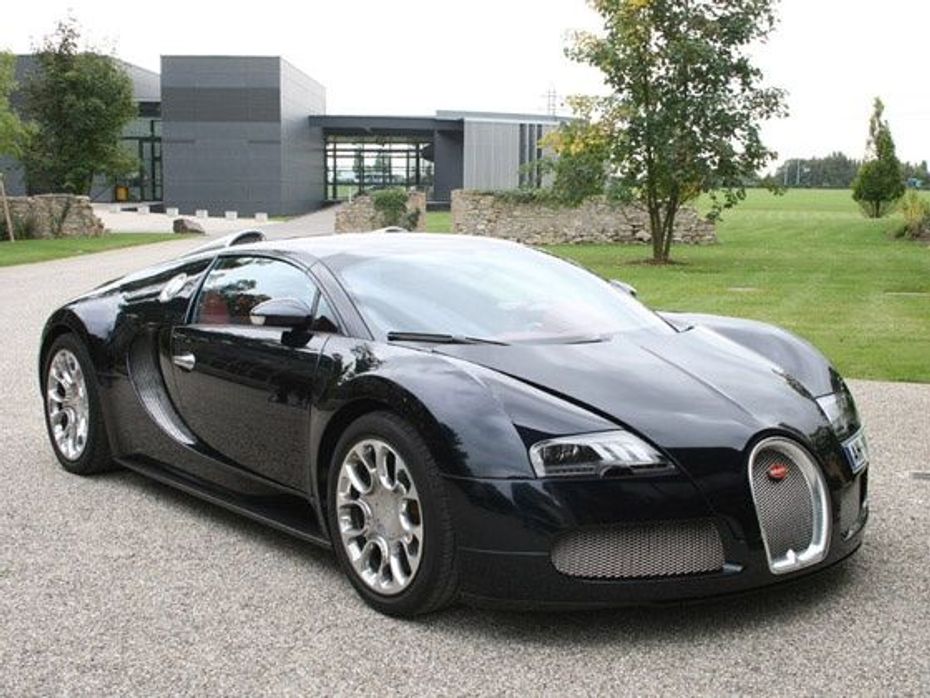
It’s 0 to surrealism in nanoseconds in a car that boasts of a 1001BHP output and a mind numbing 1250Nm of torque. Add to that, its driven by a W16 engine that displaces 8 liters and requires 10 radiators and over 36 liters of engine and gear oil to keep it in tip top condition. A 100 litre fuel tank that offers an average range anywhere from 200-300 kilometers depending on how fast you go. A seven speed DSG gearbox that allows the car to harness and propel power to the all-wheel drive system in order to take the car all the way up to over 400 kilometers per hour. At top speed the car is capable of finishing a tank of fuel in approximately 12 minutes! It’s unreal, absolutely impractical and outrageously absurd, but then again there is only one manufacturer that can and could have pulled this off, and that name is Bugatti.
Bugatti isn’t just a brand, it's an actual way of life, a thought that dwells within an auto enthusiast and to really understand the Bugatti Veyron, one must understand the name, the heritage and the principle behind such an outrageously awesome idea.
Heritage
The story starts with Ettore Bugatti, a businessman, an eccentric and to an extent a genius. Italian by birth, Ettore moved to the little town of Molsheim in the Alsace region of France, which was then actually a part of Germany to set up a car manufacturing facility. This location was chosen on the simple pretext that the land was cheap and so was labour. Thus in 1909 was founded Bugatti.
Ettore Bugatti took to making cars in a style that few manufacturers could match. His vehicles were known for their quality, high level of engineering and a level of detail that can only be described as artistic. In fact it is said that for Ettore, making cars was an art form and less of a manufacturing process. With his involvement in every stage of the process the end result was usually a work of art as each Bugatti that rolled out could be termed as a wonderful mechanical creation. Ettore's attention to detail and constant urge to push the design scope further resulted in many innovations that made Bugatti stand out from the competition. Prime examples include the hand scraped engine surfaces in order to do away with the use for gaskets, the forged axles that allowed the spring to pass through an opening in the axle in order to do away with the need to bolt on the springs to the axles and the constant tooling reduce weight and drag.
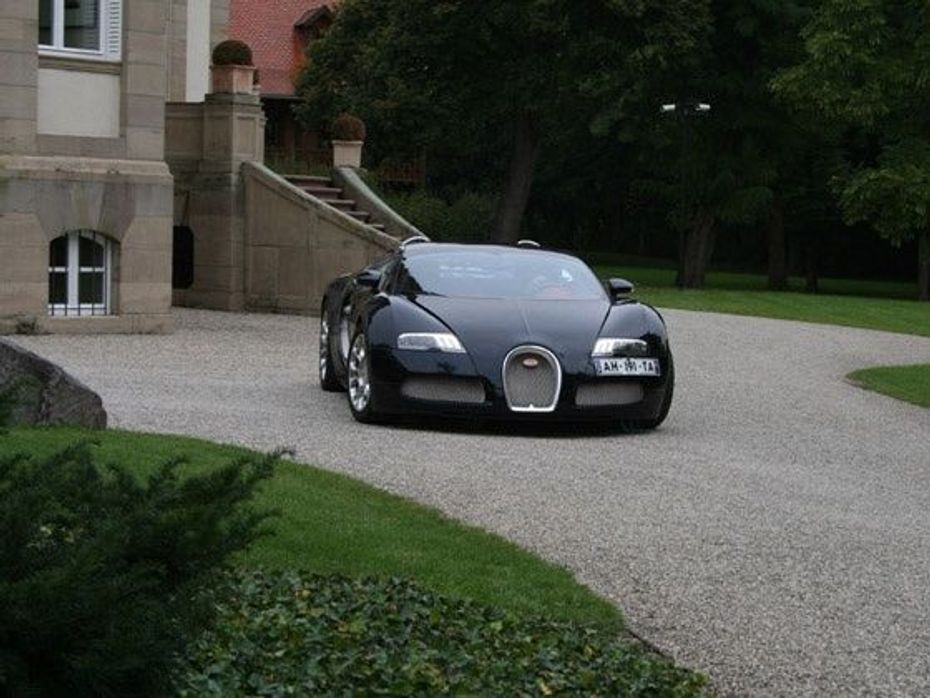
What all this resulted in was the fact that Bugatti customers were a happy lot who enjoyed the reliability and performance of their machines. This lead to a lot of owners taking their cars to the races and the Company enjoyed a great deal of success in the early years of Grand Prix racing with many thousand wins in a span of just a few decades. In the height of Bugatti's racing success it was probably the Type 35 model of 1924 that won the most races. In fact that car is touted to be the most successful race car of all time! Though the accolade list is endless and people have written books on Bugatti's motor racing success, the races that stand out include the win at the first ever Monaco GP, the numerous wins at the France GP and of course the culmination of this illustrious motor sport career at the 1939 24 hour Le Mans race, where Jean Pierre Wimille and Pierre Veyron piloted a Type 57C to victory lane.
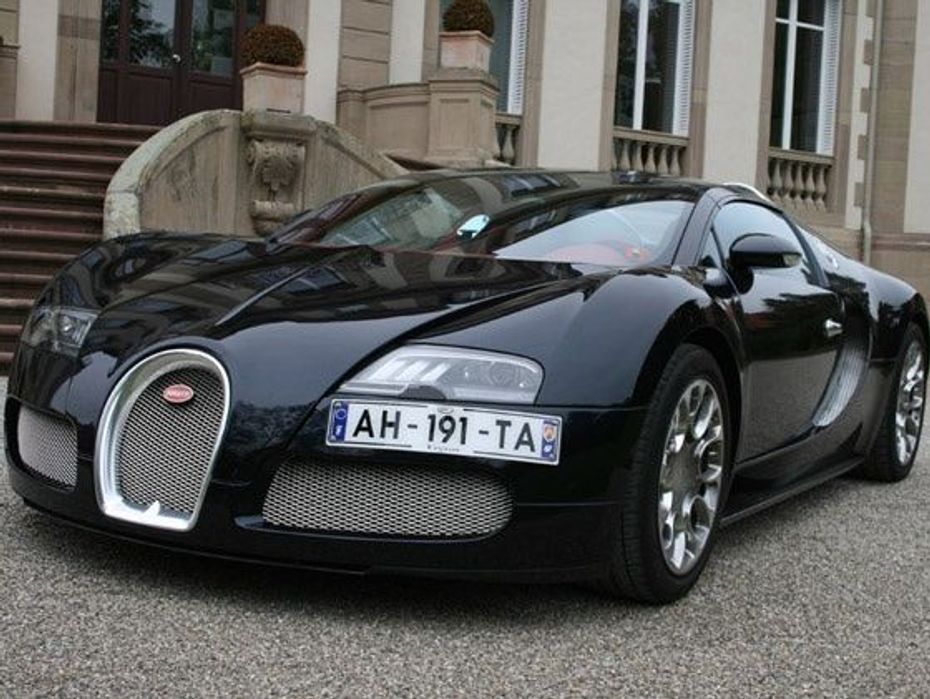
1939 also marked the year that Ettore lost his son Jean Bugatti in an accident while testing the Bugatti Type 57 'Tank' race car near the factory in Molsheim. This loss obviously slowed Ettore down a bit, however it was World War II that took the final toll and the factory premises were destroyed and Bugatti lost control of the property. Ettore had a plan to shift the factory closer to Paris during the war, but that never materialized and Ettore finally passed away in 1947. With Ettore gone, the company just went downhill. Ronald Bugatti tried his luck in the 1950s to no avail and finally the company ceased to function.
Finding a new home
It was in 1987 that the Bugatti name surfaced again in the automotive world. An Italian entrepreneur by the name of Romano Artioli had acquired the brand and the company was christened as Bugatti Automobili SpA. A new factory was set up near Modena in Italy and by 1989 the plans for a new Bugatti were presented and consequently the first completed car was named Bugatti EB110GT and according to the company it was the most technically advanced car ever produced in its time. The EB110 was witness to some illustrious owners however when the company looked at entering the US market, it was unfortunately badly timed as the market was in a recession at the time and finally the company had to close its doors by late 1995. In 1997, Dauer Racing, a German manufacturer, bought the EB110 license and remaining parts stock in order to produce just five more EB110SS units before selling the factory. The true revival of Bugatti began in 1998 when the Volkswagen Group purchased the rights to the brand.
Brand revival and the birth of the Veyron
The then Chairman of Volkswagen AG, Ferdinand Piech was adamant on building a Bugatti in the same manner that Bugatti's were originally built. To do so, he insisted on moving back to Molsheim, Alsace in France to set up the workshop there. The company purchased the 1856 Château Saint Jean, formerly Ettore Bugatti's guest house in Dorlisheim, a small locale near Molsheim, and began refurbishing it to serve as the company's headquarters. The original factory was still manufacturing airplane parts for a company named Snecma, and they didn’t want to part with the facility, so Volkswagen decided to build a new factory next to the Chateau. This facility was finally inaugurated in 2005. That's it on the real estate front, however on the vehicle production plans Volkswagen commissioned ItalDesign to come up with an up market coupe under the code name EB 118. This concept was followed by the EB218 touring sedan in 1999 and in the same year Bugatti also showcased the 18/3 Chiron, a sports car that had an 18 cylinder engine laid out in the 'W' configuration. The final concept, namely the EB 18/4 GT was designed by Volkswagen and showcased at the Tokyo Motor Show in 1999. All these concepts had one thing in common and that was the W configuration 18 cylinder engine. This was the first ever W configuration on a passenger vehicle and Volkswagen was adamant on taking this W engine layout forward.
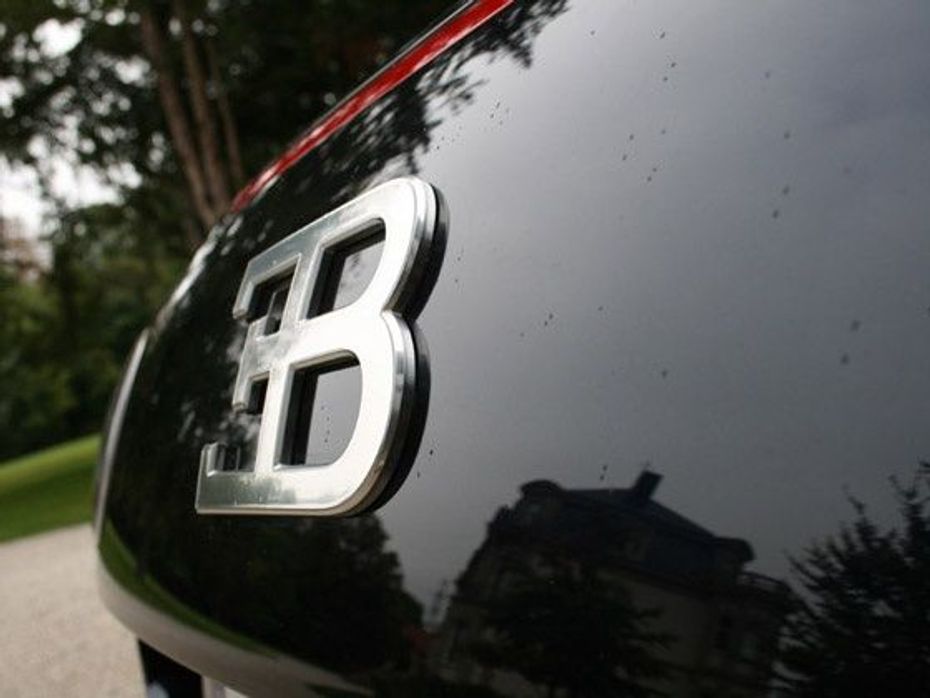
All this experimentation, if you can call it that, finally culminated in the project known as the Bugatti EB 18/4 Veyron. Project work began in late 1999 and under the leadership of Ferdinand Piech who wanted to build a true Bugatti and in 2000 he announced to the world the final concept that would go into making a production car. This machine marvel was christened as the Bugatti Veyron 16.4. During development, Volkswagen had done away with the idea of an 18 cylinder engine and had settled for the 16 cylinder W layout engine, basically a combination of two V8 engines connected at the crank that would generate over 1001 brake horse power and would be the fastest and most expensive car ever. The production ready car was set to roll out in 2003, however Ferdinand Piech was up for retirement and the new Chairman, Bernd Pischetsrieder sent the car back to the drawing board in order to make a number of changes. It was in 2005 that the first production ready Bugatti Veyron rolled out of the new plant and the world has never been the same since.
Named after the Pierre Veyron, the Le Mans driver in 1939 who won in an original Bugatti, the Veyron epitomizes everything that the brand stands for. It’s a work of art, it's powerful and fast and there is nothing like it on this planet. Incidentally the inspiration to make such a car was a throwback to the Bugatti Type 57 Atlantic, which in its time was the fastest car that could peak over 200 kilometers per hour. In today’s day and age when a hatchback can touch 200 km/h it was time to take the level up a notch and who better than Bugatti to do it with a car that has been recorded to cross the 400 kmph barrier! Never is such a car going to be repeated and if you ask the blokes at Bugatti why is it that they did it and nobody else, the answer comes as simply as the fact that this could have only been achieved by Bugatti for such a car needs a lot of support. Bugatti had Ferdinand Piech’s vision and passion, a heritage to build upon and a large conglomerate like Volkswagen AG to provide the allowance for such extravagance. Logic has it that most car companies spend millions in developing race cars to showcase their technical prowess, the Bugatti Veyron is a driving testament to the prowess of the Volkswagen Group and how! Despite criticism, the car was born and the company only intends on making 300 Veyrons and an additional 150 Super Sport models. It’s as elite as elite can get on four wheels and getting a chance to even sit in one of these cars is about as good as winning the lottery.
Veyron Unwrapped
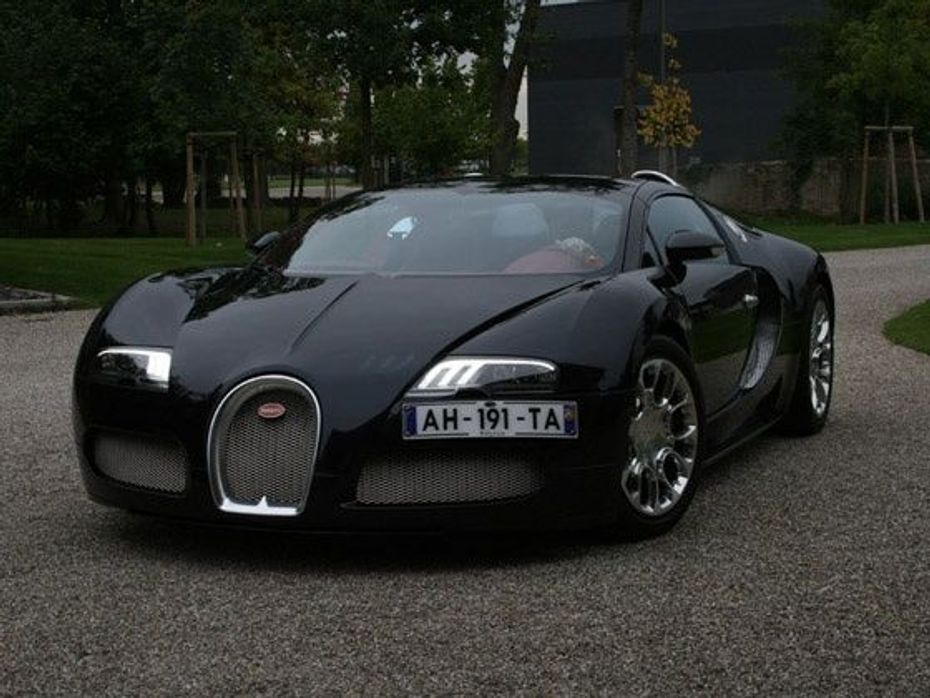
Without too much of a struggle, I had managed to ease my 6 foot 2 inch frame into the confines of the Veyron’s driver seat. For a car that is 4462mm in length, 1998mm in width and 1204mm in height, it is a bit of a struggle for tall people, but once you are in and buckled up the Veyron feels pretty functional. Nothing on the interior boasts of extravagance, yet in its own way it is opulent. A point in case being the fact that the snug fitting racing seats are manually adjustable only! Functionality is key to such sports cars and every little measure to save weight has been addressed. Believe me, you won’t miss the seat adjust buttons on this car. Having said that, fit and finish is excellent and the finest of materials have been used to lay out the 2 seater cabin space including the fine touch of an 'EB' logo embossed between the two seats.
The exterior skin is also a work of art for its not very Sports car like in design. There are no large air intakes, no wings and not too many ducts in sight. The Veyron's chief designer was Hartmut Warkuss, and the exterior was designed by Jozef Kabaň of Volkswagen. The adaptation of the horseshoe grille up front and the flowing style that the Veyron distinctly presents is true craftsmanship. In fact it makes the car look bigger than it really is. Images don’t do justice to the size of the car, in fact you would expect it to be huge, however to give you a measuring scale, the Veyron is just about the same length as the current generation Honda City sold in India.
Fire up the 8 litre W 16 cylinder engine that boasts of 64v DOHC layout with four turbochargers and a total of 10 radiators and all you hear is an aircraft engine like whine. If you happen to be outside the car, then it's a low burble, however inside its rather silent, despite the engine being located right behind your head. Accelerate. In this car, acceleration is everything that describes it. The surge of power sent to the four wheels through one of the most refined all wheel drive systems just launches this car forward at a pace that most probably matches a fighter jet, for commercial airliners feel a lot slower than the Bugatti Veyron. It’s plain brutal power being unleashed and within 2.6 seconds you’ve reach 100kmph. Keep the pedal pressed and you are likely to be traveling at speeds that F1 cars drive at within a couple more seconds. Having said that, Bugatti has installed a special lock in order for owners to switch on the ability to touch the 400 plus top speed. I wasn’t going to get a chance to unleash that amount of craziness on the streets of Molsheim, however the sheer adrenaline rush that the car provides while accelerating away from standstill proved to be enough of a demonstration as to its abilities.
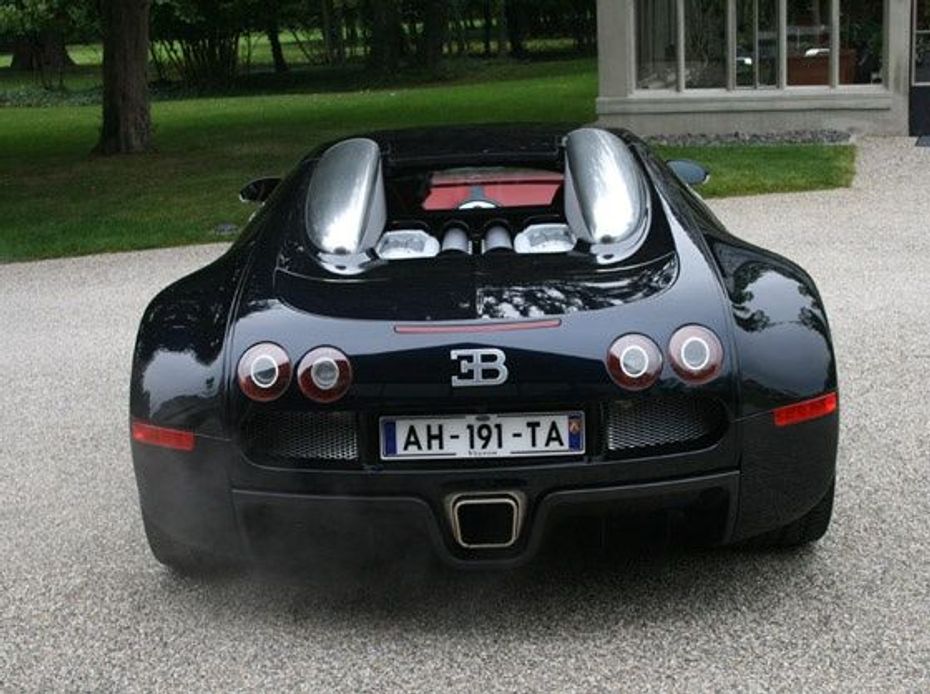
Incidentally, and the part that most people don’t like to hear about the Bugatti Veyron is that it can also be driven very comfortably at 'normal' speeds. Driving around town at 50 km/hr or cruising down the freeway at a 110 km/hr isn’t a task and the driver is not fighting to keep the engine in check. It’s here that you realize that all that power is absolutely in your control to tap. You want the car to just drive around lazily in town-she’ll do it, and just in case you wish to smoke that McLaren F1 that passed you, guess what, you can do that too! Anyways, I am no owner of the Bugatti and I was not going to waste my drive puttering around town, so I headed out to hills in order to see what this 1888kg piece of metallic marvel can do around bends.
As I thrust the accelerator pedal towards mother earth, the Veyron unleashes its distinct airy scream within the confines of the cabin, my sunglasses slide off my head just from the burst forward and within seconds I am about 180 kmph and heading straight for a sharp left turn, I ease of the gas, get on the brake and guide the car through the bend at an easy 90 kmph. That was too easy I say to myself, this baby can handle a lot more than that. So, on the next turn I push even harder and guess what, the Veyron takes it without even a squeal from the wheels. There is almost no body roll thanks to the stiff suspension and the feeling of going around corners is a very lateral experience. Where other cars would have required a master driver to take corners at such pace, I, a novice, was doing it in style without a worry in the world. Ok, I also knew that a Bugatti Veyron can come to a halt from 100kmph in just about the same time it takes to get up there, and control as well as steering feedback is just out of this world, but the car demands respect like no other for it’s a true blooded engineering marvel.
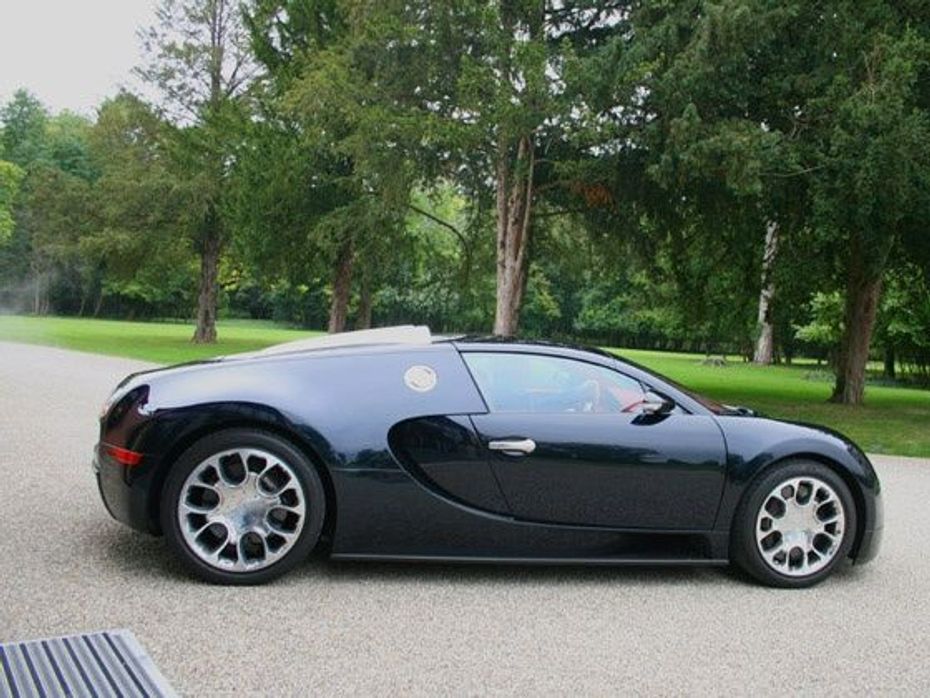
A case study on the epitome of car engineering fitted with an internal combustion engine is what the Veyron is. Everything about it works in unison to an extent that you as a driver are left wondering just how much more could this car actually take if say a professional drove it? Answering my question was none other than Bugatti's official test driver Pierre Henri Raphanel, a former F1 driver, an avid racer and also the record holder for driving the fastest car in the world. Pierre is probably the best person on the planet to explain the Veyron and its versions to you, and in his typical style he elaborates on how each component is built from the highest grade materials, how the tyres are specifically designed for Bugatti Veyrons and that level of top speed. How the 4 turbochargers work in unison and the various elements that keep the car on the road at such high speeds. Unlike most sports cars that have a front air intake, the Bugatti Veyron is pretty much sealed up front, so creating the cooling system was an innovation in itself. The result is that there are many attributes to a Veyron, and if individually looked at, you might not understand it, however the answer is actually simple, just like the original Bugattis, this car is a work of art, and if you are to study it, you will be hard-pressed to find imperfections for everything comes together in order to create this fine masterpiece.
Incidentally it is Pierre who holds the record for piloting the world's fastest car to a top speed of 431 kilometers per hour in the Super Sport Version of the Bugatti Veyron.
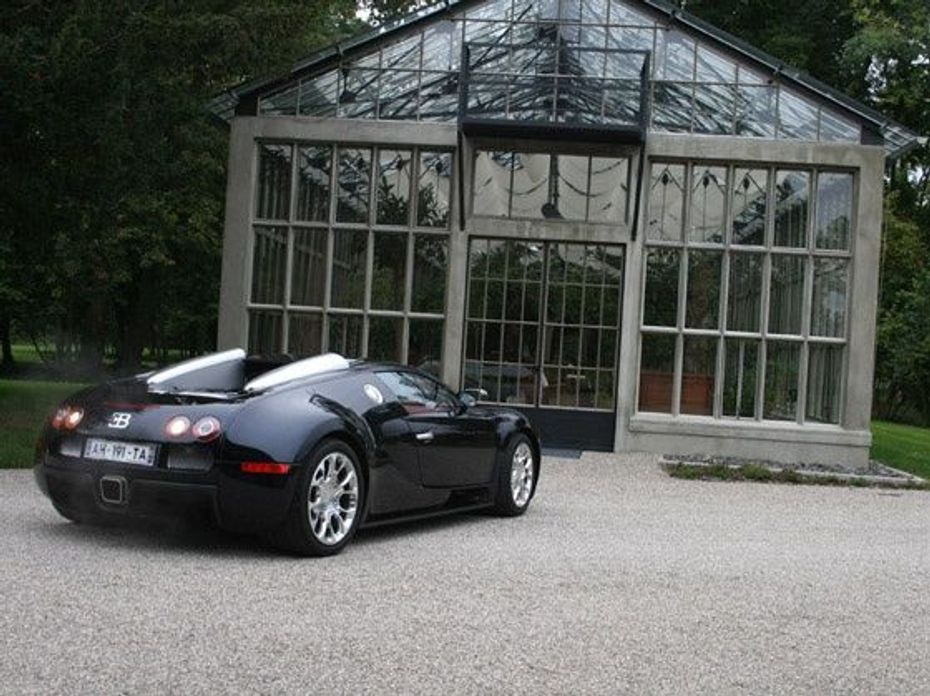
Built out of sheer passion, I doubt any other car manufacturer will ever attempt to make a car as outrageous as the Veyron. From the lavish use of carbon fiber in the body to the magnesium and titanium alloy nuts and bolts, the Veyron boasts of the highest quality of materials for handling such power requires materials to withstand the pressures that are thrust upon them. The transmission has a shift time of less than 150milliseconds and has been developed and supplied by Ricardo, England. The car utilizes the Haldex Traction system and the tyres are special Michelin PAX run flat tyres that cost a cool 5,000 Euro to be replaced! A regular service usually costs 10,000 Euros and most customers usually get their car back to Molsheim for service, no matter where they are in the world.
No matter how long you spend with the vehicle, you will be in awe of this creation. It’s robust, outrageous, highly impractical yet the desire to own one has got to rank at the top of your wish list. For those who want more, there is the Super Sport version which incidentally churns out 1200 bhp and 1500Nm of torque and goes up to a Guinness record certified 431 kmph.
What’s more? Bugatti is coming to India and though a select few will ever get to own this legend, us mere mortals can rejoice in having the opportunity to site one on our city streets in the near future. And before I forget, the Veyron will most probably be priced upwards of Rs. 17 Crore, ex-showroom, New Delhi, and the Super Sport will have a price tag in the region of Rs 23-25 Crore, ex-showroom, New Delhi. As a parting line, I request you to follow this one instruction. If you ever come across a Bugatti Veyron or Super Sport, please, for the love of God, don’t ask the owner "Kitna Mileage Hai?"
India's largest automotive community
 India’s Most Affordable Car, The Vayve Eva Is Priced From Rs 3.25 Lakh! Here Is A Look At All Of Its Variants!
India’s Most Affordable Car, The Vayve Eva Is Priced From Rs 3.25 Lakh! Here Is A Look At All Of Its Variants!
 As The Kia Syros Reaches Dealerships Check Out The Pros And Cons Before You Get One Home
As The Kia Syros Reaches Dealerships Check Out The Pros And Cons Before You Get One Home
 No More Diesel-iMT Powertrain In India, As Kia Discontinues It For The Sonet, Seltos And Carens
No More Diesel-iMT Powertrain In India, As Kia Discontinues It For The Sonet, Seltos And Carens
 Hyundai Creta Electric: Things You Get With Each Of Its 5 Variants
Hyundai Creta Electric: Things You Get With Each Of Its 5 Variants
 Land Rover Range Rover
Rs. 2.36 Crore
Land Rover Range Rover
Rs. 2.36 Crore
 Volvo XC90
Rs. 1.00 Crore
Volvo XC90
Rs. 1.00 Crore
 Mercedes-Benz GLA
Rs. 50.80 Lakh
Mercedes-Benz GLA
Rs. 50.80 Lakh
 Toyota Vellfire
Rs. 1.22 Crore
Toyota Vellfire
Rs. 1.22 Crore
 Porsche 911
Rs. 1.98 Crore
Porsche 911
Rs. 1.98 Crore